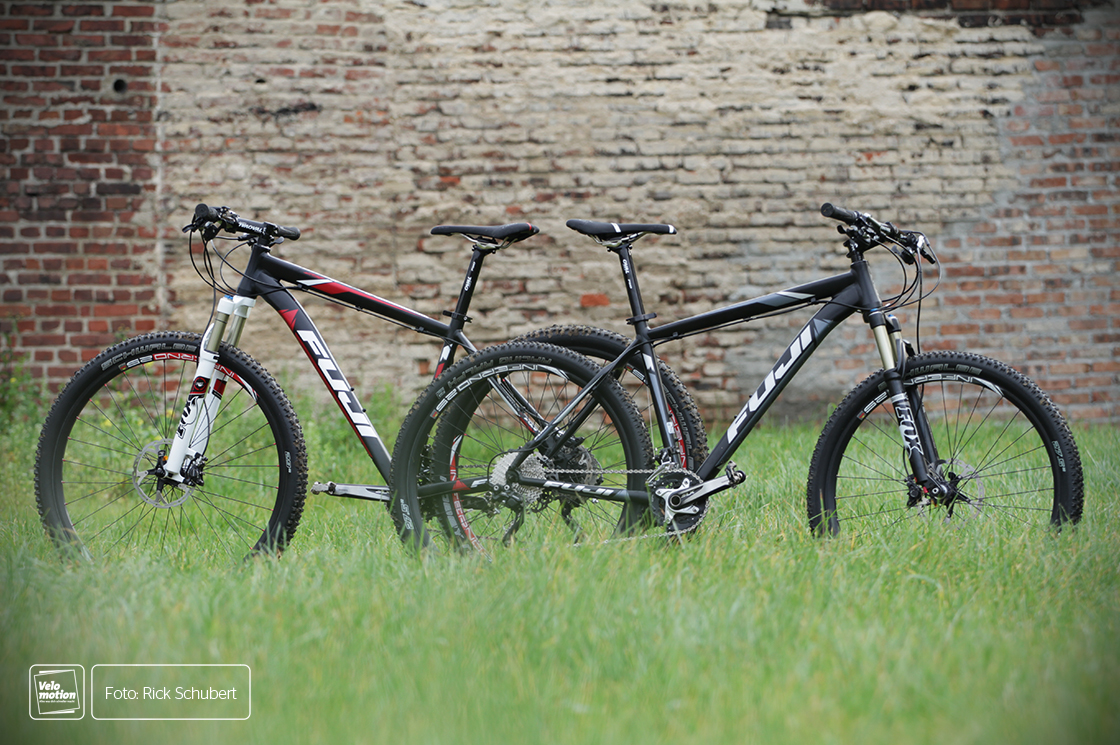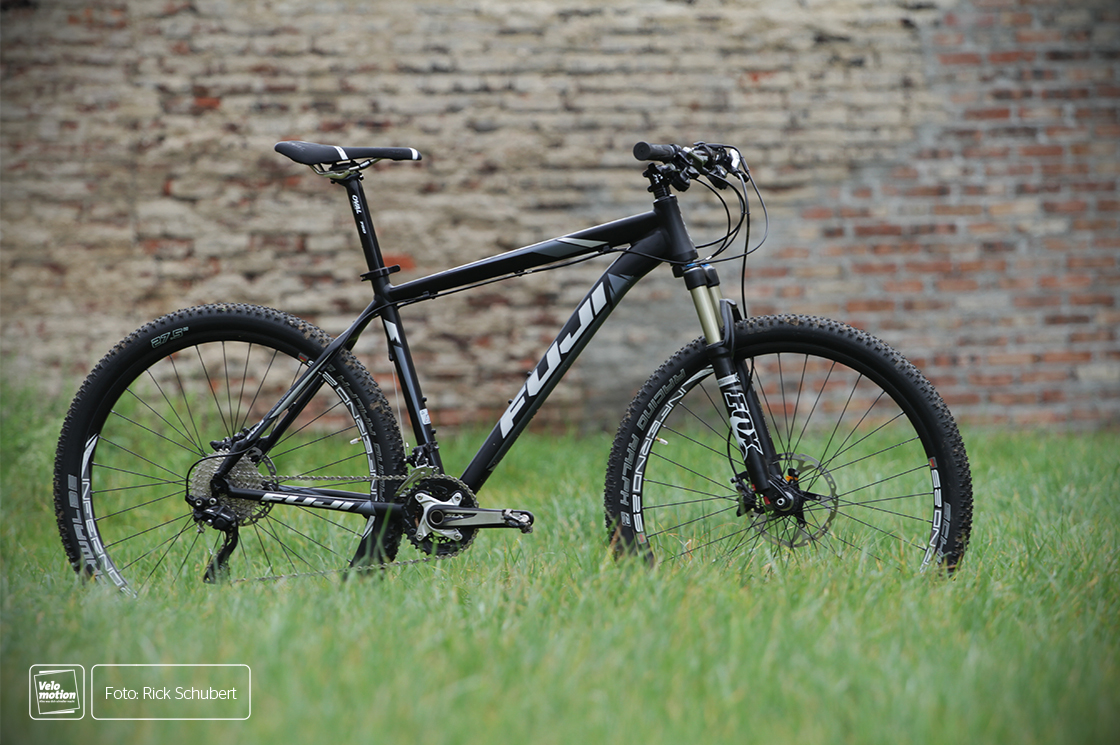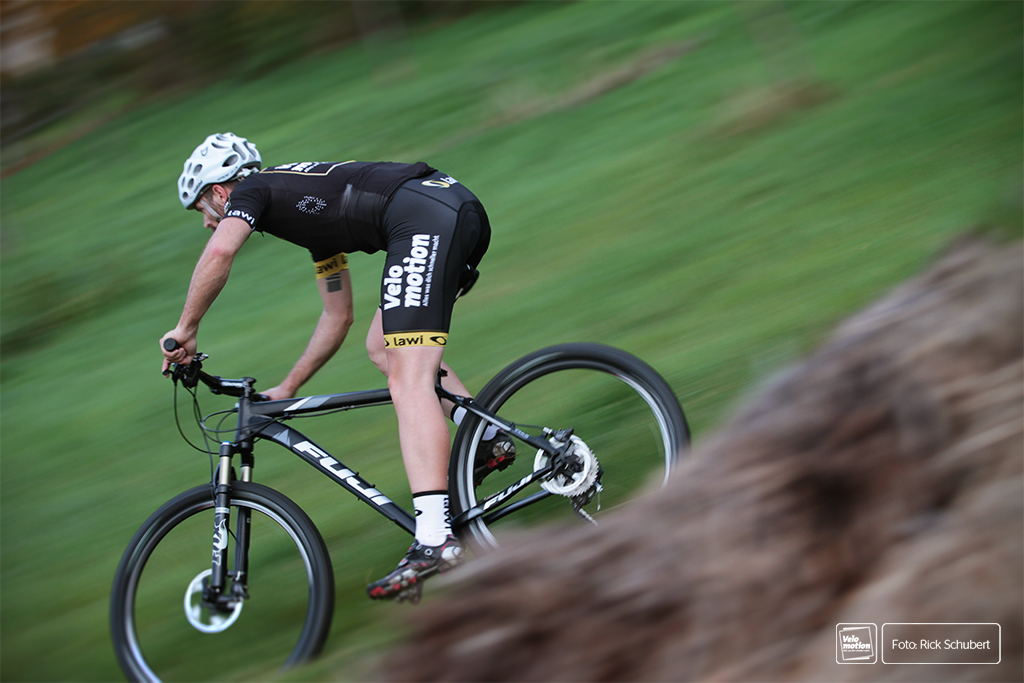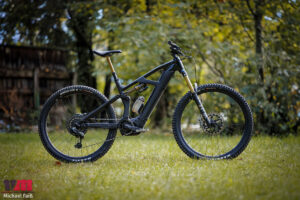Vor einigen Jahren überwog bei vielen Mountainbikern die Skepsis gegenüber den Bikes mit den großen Laufrädern: Nicht wendig genug, schwer, schlecht zu beschleunigen, zu weiche Laufräder – so lautete oftmals die Meinung. Dennoch haben sich 29er innerhalb verhältnismäßig kurzer Zeit nicht nur etabliert, sie haben die klassischen 26er im Marathon- und XC-Bereich sogar nahezu vollständig abgelöst.
Seit der vergangenen Saison gehören zudem 650B-Bikes (27,5er) zum Erscheinungsbild. Sie sollen die vergrößerte Laufruhe, Traktion und das bessere Überrollverhalten der 29er mit der Steifigkeit, dem geringen Gewicht und der Wendigkeit der 26er verbinden. Außerdem sollen sie zu einer verbesserten Optik und mehr Anpassungsspielraum bei kleineren Rahmengrößen führen. Dass diese Überlegungen nicht aus der Luft gegriffen sind, beweist der amtierende XC-Weltmeister Nino Schurter. Ihm boten 29er keine ausreichende Überhöhung. Also griff er kurzerhand zu einem an seine Bedürfnisse angepassten 650B.
Was aber unterscheidet beide Laufradgrößen wirklich? Dieser Frage wollten wir genauer nachgehen und haben zwei (fast) identisch ausgerüstete Bikes zum Test gebeten. Da 29er und auch 650B-Bikes vor allem im mittleren Preissegment vertreten sind, haben wir uns dabei für das Fuji Tahoe 1.1 entschieden.
//Austattung
Das Tahoe 1.1 29 und das Tahoe 1.1 650B sind nahezu identisch aufgebaut. Sie unterscheiden sich lediglich in Hinblick auf die Reifen. So finden sich an der 650B-Variante Schwalbes Racing Ralph und an der 29er-Variante Schwalbes Nobby Nic, jeweils in 2,25 Zoll Breite. Für unseren Test haben wir daher entsprechend umgerüstet und beide Räder mit jeweils gleichen Reifenmodellen bestückt.
Bei beiden Rädern stammen die Sättel, Sattelstützen, Vorbauten, Griffe und Lenker von Fujis Eigenmarke Oval. Diese sind recht stabil. Während unseres Tests verhielten sie sich im positiven Sinne unauffällig. Zwar mögen die Lenker mit 710 Millimetern einigen Marathonisti zu breit sein, man kann sie aber je nach Geschmack kürzen.
Hinsichtlich des Antriebs vertraut Fuji auf einen Mix aus Shimano Deore XT-Komponenten an Schaltwerk und Umwerfer, Deore SLX-Kurbeln und Schalthebeln, Deore-Kassetten, sowie Ketten der Marke KMC. Diese Kombination verrichtet jederzeit schnell und zuverlässig ihren Dienst, lässt aber aufgrund der Kombination mit den eher schwereren Oval-Komponenten das Gewicht beider Räder steigen. Außerdem erscheint uns am 650B der dickste Gang bei schnellen Abfahrten etwas zu klein geraten. Ebenfalls von Shimano stammen die Deore SLX-Bremsen. Diese bieten zwar gute Bremskraft und Dosierbarkeit, waren aber werksseitig nicht optimal entlüftet, sodass man den Hebel teilweise recht weit ziehen musste.
Die Laufräder sind durch die Kombination aus Sun Inferno-Felgen und Deore SLX-Naben gekennzeichnet. Sie hinterlassen in beiden Fällen einen sehr soliden und robusten Eindruck. Darüber hinaus weisen sie eine hohe Maulweite auf, was den Reifen eine bessere Form verleiht und dieses so mehr Grip verleiht. Gleichfalls sinkt dadurch der Rollwiderstand.
Für ausreichend Komfort sorgt bei beiden Bikes an der Front eine Fox 32 Float-Federgabel. Diese spricht sehr feinfühlig an und schluckt sowohl kleinere wie auch größere Unebenheiten ohne Murren.
//Praxis
Beide Räder zeigen sich während unseres Tests eher agil als laufruhig. Wie erwartet liegt das 650B hier einen Tick vorne. Dass das 650B-Bike auch in schnellen Kurven einen Hauch mehr Geschwindigkeit zu erlauben scheint, als das 29er-Pendant, ist allerdings erstaunlich.
Beim Beschleunigen aus engen Kurven heraus fühlt sich das 650B ein klein wenig besser an, beim längeren Klettern ist es jedoch umgekehrt. Beide Räder erreichen hier aufgrund des hohen Gewichts von rund zwölf Kilogramm keine absoluten Spitzenwerte. Dennoch sind sie alles andere als schwergängig. Die Gewichtsdifferenz zwischen den beiden Radgrößen ist mit lediglich 200 Gramm praktisch nicht wahrnehmbar.
Der wirklich große Unterschied zeigt sich erst in wirklich ruppigen Passagen. Auf unserer Teststrecke bewältigt das 29er einen knapp einen Kilometer langer Wurzelabschnitt ohne Mühen. Mit dem 650B muss man hier wesentlich mehr kämpfen. Im Rennen würden daraus wohl etwas größere Zeitabstände resultieren.
In allen anderen Situationen verhalten sich beide Testgrößen recht ähnlich. Beide Bikes zeigen sich bei Antritten, beim Lenken und beim Bremsen recht steif und weitestgehend unauffällig.
//Fazit
Das Fuji Tahoe 1.1 wirkt sowohl als 650B wie auch als 29er sehr solide. Beide Bikes sind vielseitig einsetzbar und sind aufgrund ihrer Ausstattung und der dafür durchaus angemessenen Preise auch als Einsteigerräder geeignet. Um sie im Rennen einzusetzen, sollt man jedoch einen anderen Komponentenmix wählen, der zwar teurer ist, die Räder aber auch leichter machen würde.
Einen klaren Gewinner können wir nicht ausmachen. Dazu sind die Charakteristika beider Räder zu ähnlich. Wer jedoch gern auf ruppigen Trails unterwegs ist, der sollte sich aufgrund der besseren Überrolleigenschaften für das 29er entscheiden.
//Produkthighlights
- wendig, stabil und robust bei allerdings etwas hohem Gewicht
- sehr gut ansprechende Federgabel
- Vorteile 29er: Überrollverhalten, Anstiege, Traktion
- Vorteile 650B: Kurvenverhalten, Agilität
//Preis und Web
- 1999,00 Euro
- www.fujibikes.com



















Schreibe einen Kommentar